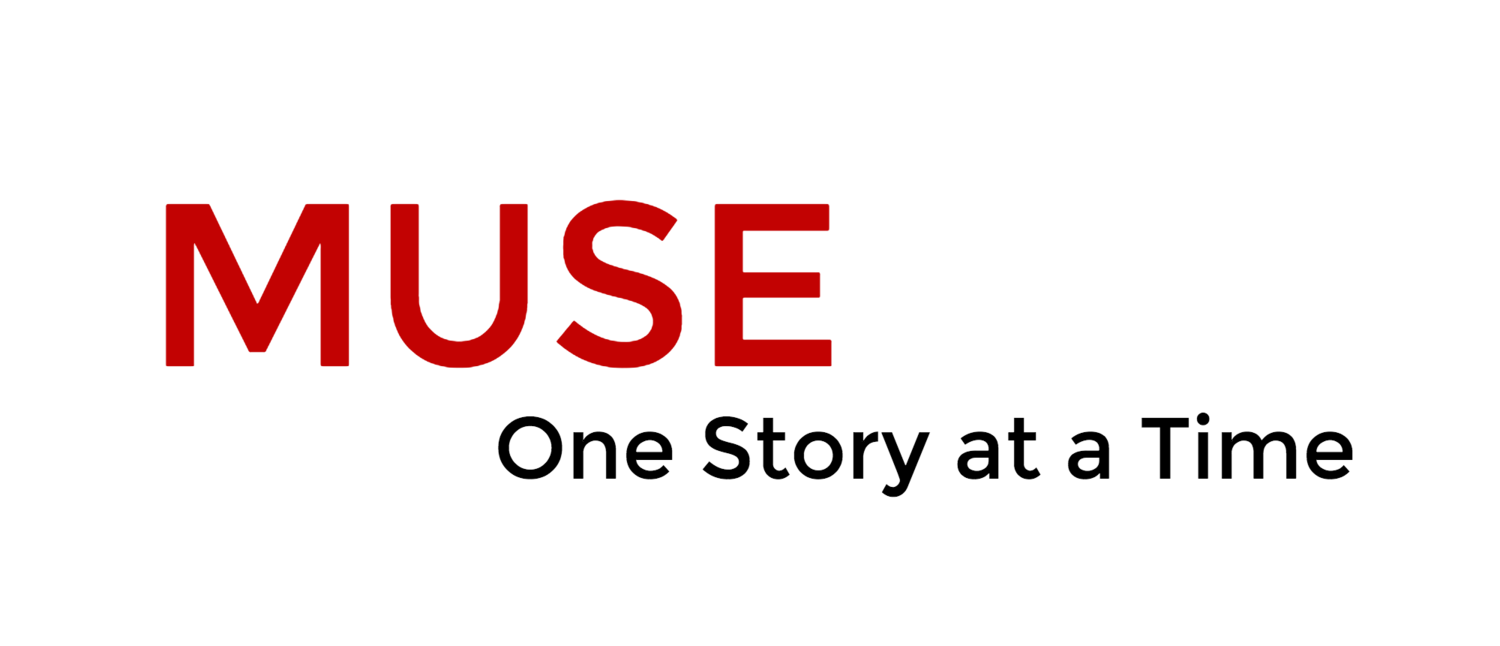Case #4: The Quarterly Report
Barbara is an experienced manager in her company. She has recently been promoted. One of her new responsibilities includes making a quarterly progress report to her division of 100 employees. Barbara indicated in the answers to her questionnaire that this is the biggest meeting she's ever led and the stakes are high. She also indicated that she is very nervous speaking in front of people.
During the assessment, Barbara performs her speech. We notice that Barbara has a tendency to look at the floor, avoiding eye contact with the audience, and she tends to trail off at the ends of her sentences. She sounds apologetic, even though the report is largely good news. She also has far too many slides in her deck and far too much information on each slide. And, while she is providing a lot of information, it's not clear what the big takeaways are supposed to be.
Barbara needs help with both her delivery and her content. Her over-reliance on overloaded slides is probably a defense mechanism, as if to say, “the more information I can cram onto each slide, the better I will look.” (Quite the opposite is true, actually.) We need to get Barbara more in-touch with her audience and we need her slides to be more in service of that goal. Let's say we do it in five sessions.
Session One:
“Who is Your Audience?”
Half the session is work on identifying the audience we are addressing: who are they? What are their expectations? What are your expectations? How well do you know them? What equity do you have with them? Are there people that need to be recognized and/or thanked?
“Chunking”
The second the half of the session will be about breaking the entire presentation into a series of bullet points, each of which will serve as a thesis statement.
Session Two:
“Public Speaking Drill”
Using the thesis statements we found from the last session, we will drill them with an eye for Barbara's weak spots: eye contact, vocal and physical gesture, emphasis, and use of space.
“Audience Work”
In the second half of the session we will build on these simple statements, using our Q & A about the audience from session #1 to build relevant questions, call-outs to the audience, and personal stories.
Session Three:
“Ice-Breaker”
Now that we have a lot of pieces in place, we'll develop an ice-breaker that serves to introduce both the speaker and the topic.
“Powerpoint Hospital”
We will also look at Barbara's slide deck and cut/edit for maximum impact.
Session Four:
“Putting It All Together”
This session is dedicated exclusively to coaching the full presentation with stops and starts and notes.
Session Five:
“Graduation”
In this last session, we work on any last-minute concerns and run Barbara's speech several times, giving notes between each run. If she would like, she can even invite an audience for her final presentation.
